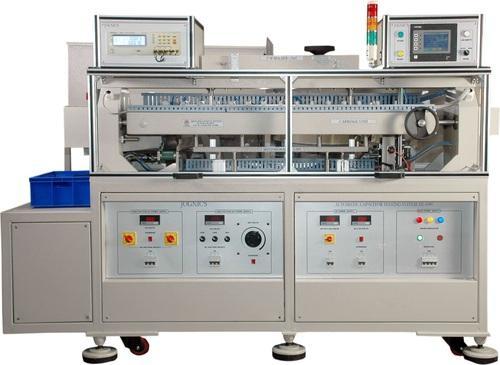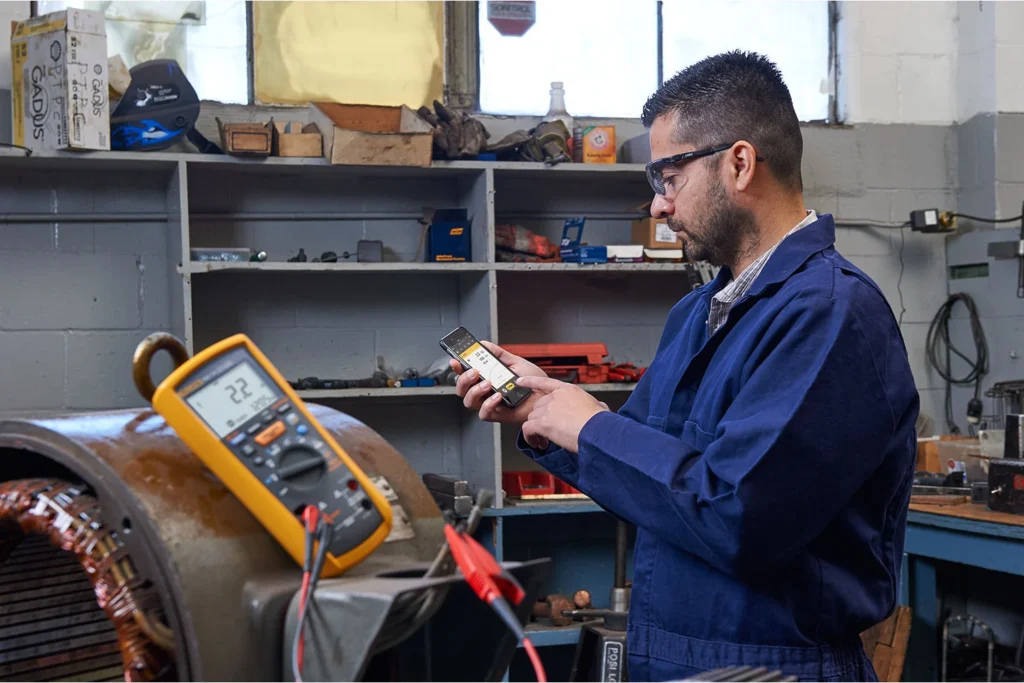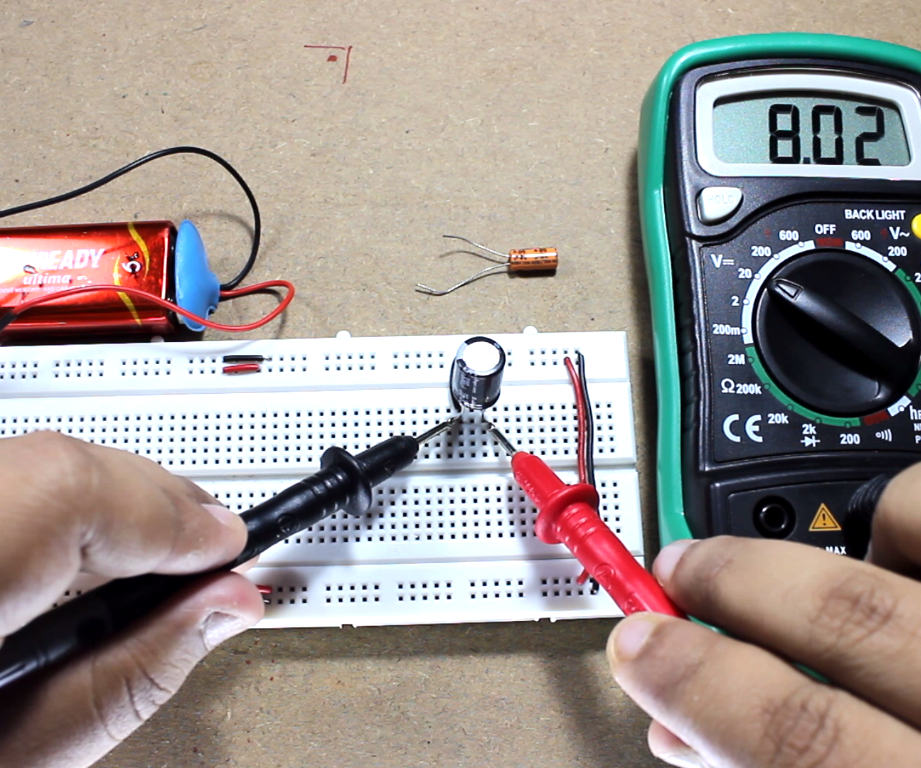Auto-tester Capacitor(6 Month Diploma)
Auto-tester Capacitor

Auto-tester: The Auto-tester programs the auto testing machine for
segregating defective capacitors from passed ones.
Brief Job Description: The individual at work is responsible for testing the
capacitor using automated testing machine for electrical, tan-delta and
capacitance as per machine specifications.
Personal Attributes: The job requires the individual to have: attention to
details, and ability to work for long hours.
Test capacitor using auto tester

This unit/task covers the following:
Understand the work requirement
Set up the auto-test machine and run test
Undertake preventive maintenance of the machine
Achieve productivity and quality of standards
Performance Criteria

To be competent, the user/individual on the job must be able to:
collect the wound capacitor
record the number received and lot details
coordinate with supervisor to understand the day’s target
read job sheet to know the specifications for the lot received, work
instruction notes and work manuals
ensure capacitors match the purchase order
check setting of the auto tester, e.g., voltage and current
select program for the specific capacitor lot
load the film capacitor on the wheel
run the tests, e.g., electrical (short or open), tan-d, capacitance
segregate passed from failed capacitors
stack the tested products for further processing
record test status
compare test results to specifications against sample
mark the tested products based on acceptance or rejection
discuss test results to suggest recurring faults and corrective actions
ensure that auto-tester is cleaned periodically as per manufacturer’s
instructions
rectify and rework on malfunctioning equipment
achieve 100% target number of capacitors to be tested
ensure 100% quality guarantee
The individual on the job needs to know and understand:
Organizational Context

company’s policies on: incentives, delivery standards
work flow involved in production process of the company
importance of the individual’s role in the workflow
reporting structure
profile of clients
component stocking policy
safety and quality standards followed in the organization
Technical Knowledge

basic electronics and component identification
types of capacitors such as film capacitor, electrolytic capacitor, ceramic, etc.
and testing process for them
AC, DC, motor-capacitors, their construction and practical applications
concepts of capacitance, power factor, leakage, self-dissipation, thermal
stability, current/voltage specifications, temperature sensitivity, polarity, etc.
manufacturing process and frequently occurring faults during
test instruments, their functioning, controls and repairs, e.g., ohmmeter,
multi-meter, voltmeter, ammeter, capacitance meter, oscilloscope ,
frequency meter
how to use voltage source and specify settings in order to carry out dielectric
testing of capacitors
polarity of components
5S system (sorting, setting, standardising, shining, sustaining)
Qualifications Pack For Auto tester – Capacitor

Core skills or generic skills are a group of skills that are the key to learning
and working in today’s world. These skills are typically needed in any
work environment in today’s world. These skills are typically needed in
any work environment. In the context of the OS, these include
communication related skills that are applicable to most job roles.
Function

Function is an activity necessary for achieving the key purpose of the
sector, occupation, or an area of work, which can be carried out by a
person or a group of persons. Functions are identified through functional
analysis and form the basis of OS.
Occupational Standards
OS specify the standards of performance an individual must achieve
when carrying out a function in the workplace, together with the
knowledge and understanding they need to meet that standard
consistently. Occupational Standards are applicable both in the Indian
and global contexts.
Professional Skills
Reflective Thinking
The individual on the job needs to know and understand how:
to learn from past mistakes regarding use of hazardous machines, tools or
chemicals
Critical Thinking
how to spot danger
procedure to follow in the event of a fire or other hazard
Handling Safety Equipment
how to use safety materials such as gloves, etc.
how to use safety equipment such as fire extinguisher during fire accidents
Decision Making
importance of reporting potential sources of danger
appropriate actions to be taken in the event of an accident
procedure for disposing of hazardous materials, safely and following
environmental guidelines







